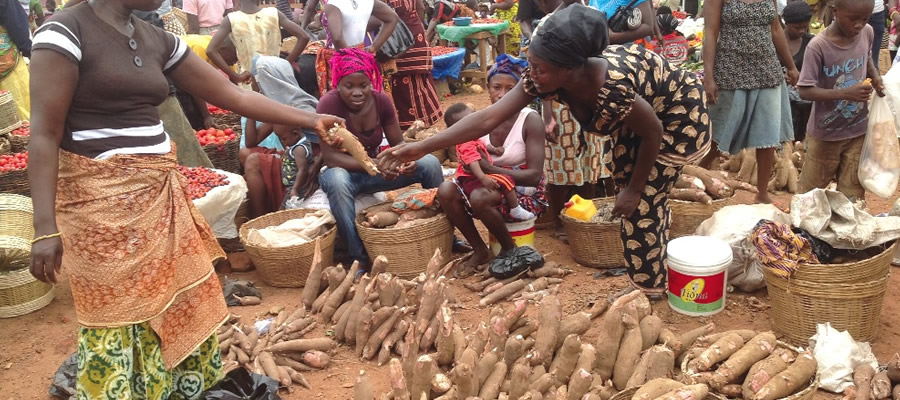

Educational Infrastructure
The intensity of human resource development of any District is largely dependent on the quality of education. This manifests in policies that brings quality and adequacy of educational facilities and infrastructure within the District. In Upper Manya District, there are numerous efforts to ensure quality and adequacy of educational infrastructure.
Currently, The District has a total number of One Hundred and Sixty Five (165) educational facilities for both private and public comprising Nighty eight (98) Kindergartens, one hundred and twenty one (121) Primary, forty one (41) Junior High Schools, (1) Senior High Schools. This is woefully inadequate considering the growing population of the District.
Decent School infrastructure in any locality is the vehicle that provides the people with equitable access to quality education. The realization of objective of quality education will therefore be myriad without improved infrastructure and dedicated teachers. Table 1.35 shows a snap shot of the educational infrastructure and available teachers.
The capacity of the education system to enrol students of a particular age group is very important as it indicates general level of participation in a given level of education. This section discusses both the Gross and Net enrolment rates for the district.
Gross Enrolment Rate
The GER increased significantly between 2014/2015 and 2015/2016 academic year. This can be attributed to the increase in KG school and also enrolment of over aged children which are very rampant in the district.
Net Enrolment Rate
The NER refers to the enrolment of the official age group for a given level of education expressed as a percentage of the corresponding population. The NER indicates the extent of coverage in a given level of education of children and youths belonging to the official age group corresponding to the given level of education. Upper Manya has a Net primary school enrolment rate of 69.6%. This implies that Upper Manya has been able to enrol as much as 69.6% of pupils of primary school going age (6-12 years) at primary school level. About 30% of pupils of primary school going age (6-12years) are still in the house. This is as result of poor state of KG school buildings, where an estimated two thirds of the classrooms are in need of repair and some under trees. Also lack of recreational facilities in these kindergartens acts as disincentive for parents to send their kids to school at the right age.
The GPI rose significantly from 0.92 in 2014/2015 to 1.04 in 2016/2017 academic year as more girls were enrolled in school in 2014/2015 academic year.
Percentage of Trained Teachers
There was sharp increase of 9.6% of trained teachers between 2011/2012 and 2012/2013 academic years. This is because more untrained teachers participated in the UTDBE program. During the 2013/2014 academic year the percentage of trained teachers decreased by 5.5%. This is partly due to the fact that more trained teachers leave the district during that period after serving their mandatory 4- year tenure as result of lack of basic social amenities. The rural areas form a chunk
of the district. The trend was appreciated by 48.9 % as a result of the influx of about one hundred and eighty-three (183) newly trained teachers from the various colleges of education in 2016/2017 academic year.
PCRR
The PCRR remained appreciated along the years under review as more Kg schools were constructed. Currently almost all the primary schools in the district have KG attached.
Strategies to Improve On Indicators
1. Encouraging parents to send their wards to school at the right age of 4- years to improve the Net Enrolment Rate (NER) and Gross Enrolment Rate (GER).
2. Introduction of the school feeding program to KG school will help to entice and motivate parents to send their wards to school at the right age.
3. Over staffed teachers in the primary and JHS levels should be posted to the KG to close the PTR gap.
4. Engaging in enrolment drive to sensitize parents on the need to send their wards to school and at the right age.
5. Provision of recreational facilities to serve as an incentive for pupils to go to school
Date Created : 11/27/2017 4:53:23 AM










 facebook
facebook
 twitter
twitter
 Youtube
Youtube
 +233 593 831 280
+233 593 831 280 0800 430 430
0800 430 430 GPS: GE-231-4383
GPS: GE-231-4383 info@ghanadistricts.com
info@ghanadistricts.com Box GP1044, Accra, Ghana
Box GP1044, Accra, Ghana